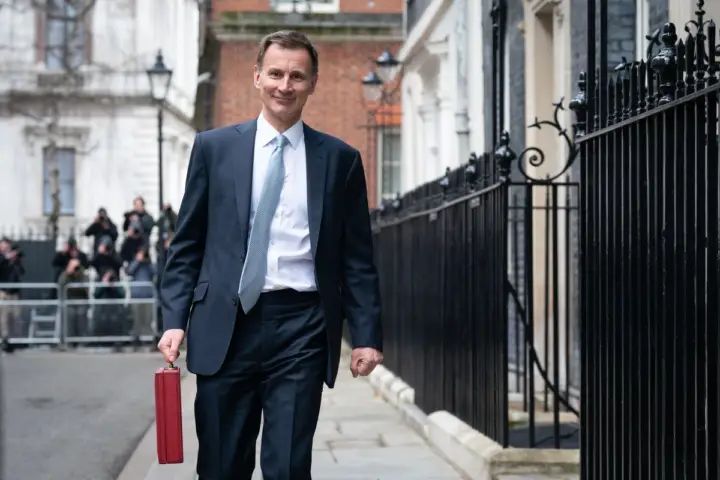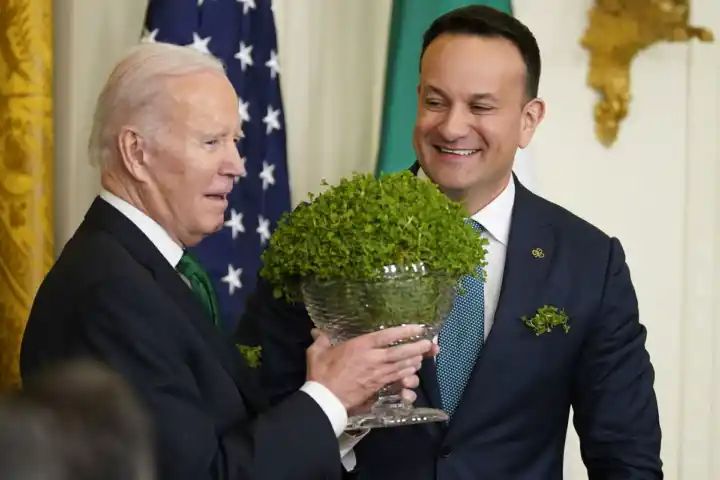EU closer to using Russian asset profits for Ukraine arms

According to a strategy that involves arming Kyiv, the European Union may utilise the money from blocked Russian assets to assist Ukraine in a few months, EU leaders announced on Thursday.
At a conference in Brussels, the leaders of the 27 member states of the union decided to proceed with the plan’s development. The European Commission, the EU’s executive body, unveiled the proposal this week.
“I am confident that we can act very quickly,” Charles Michel, president of the European Council of EU leaders, told reporters.
The haste exhibited by the leaders is indicative of growing concern over the situation in Ukraine, where Kyiv’s soldiers, lacking ammunition, are finding it difficult to repel Russian forces, while a $60 billion military aid plan for Kyiv is stalled in the U.S. Congress.
The first $1 billion euros ($1.09 billion) from the plan might be distributed as early as July 1, according to European Commission President Ursula von der Leyen.
The Commission has suggested giving 90% of the proceeds from the assets that Russia has blocked to an EU-managed fund that is used to buy weapons for Ukraine. The remaining 10% would go towards funding assistance for Kyiv.
The Commission estimated the profits on the assets – various Russian central bank securities and cash – could be between 2.5 billion euros ($2.73 billion) and 3 billion euros per year.
The idea of using the proceeds of frozen Russian assets to benefit Ukraine – which Moscow says would be theft – has broad support among EU governments, Michel and von der Leyen said.
EU heavyweights Germany and France voiced strong backing to the plan.
“These (proceeds) should first of all be used to buy those weapons and ammunition that Ukraine needs to defend itself,” German Chancellor Olaf Scholz said.
But using the money to buy weapons is more problematic for some countries, including neutral militarily non-aligned countries such as Malta, Austria and Ireland.
“For us neutrals it must be ensured that money, for which we give our approval, is not spent on weapons and ammunition,” Austrian Chancellor Karl Nehammer said.
Michel said the EU could find ways to take into account their concerns as part of the scheme.
Ukrainian President Volodymyr Zelenskyy urged the EU to go even further and use the assets themselves as well – something the bloc is not considering.
“Russia must feel the real cost of war and the need for a just peace,” Zelenskyy told the EU leaders via video link.
Zelenskyy said it was “humiliating for Europe” that Ukraine did not have enough artillery in its fight against Russia, which invaded its neighbour in February 2022.
Russia said on Thursday its artillery shell production had soared over the past year.
More defence funding
Meanwhile, some Western banks are lobbying against the EU proposal, fearing it could lead to costly litigation, industry sources said.
The bloc’s 27 national leaders also debated how Europe can do more to defend itself and boost its arms industry, reflecting fears that Russia will not stop at Ukraine and the United States may not be such a staunch protector of Europe in future.
French President Emmanuel Macron and others have embraced a proposal by Estonian Prime Minister Kaja Kallas for European defence bonds. Other countries, including fiscally cautious Germany, Austria, the Netherlands and Sweden, are sceptical.
In their summit declaration, the leaders instructed officials to “explore all options for mobilising funding and report back by June”.
They also called on the European Investment Bank, the bloc’s lending arm, to “adapt its policy for lending to the defence industry” – a nudge to get the bank to embrace investing in military technology.
($1 = 0.9208 euros)





